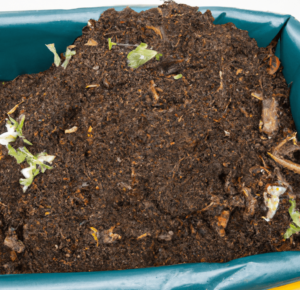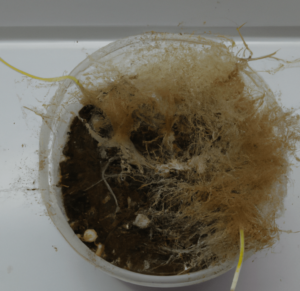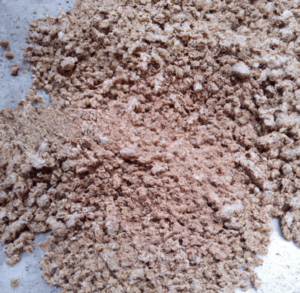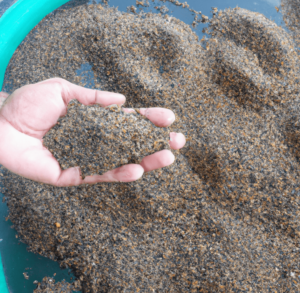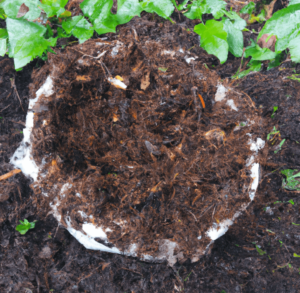Fertilizers are a crucial part of gardening because it gives plants the nutrition they need to develop into robust, healthy plants. However, it’s important to understand the dangers of over-fertilizing and how to avoid it to protect yourself, your garden, and the environment.
The Dangers of Over-Fertilizing
While you may understand and know how to choose the right fertilizers for your garden, you could be using too much. A plant’s ability to absorb water and nutrients can be damaged by too much fertilizer in the soil, which can result in root burn and stunted growth or plant death. Additionally, excessive fertilization can result in high nutrient levels in the soil, which can alter the pH of the soil and harm plant roots. Also, excessive nitrogen fertilization can lead to lush, leafy growth at the price of fruit and flower output as well as an increase in the danger of disease and pest issues. In some cases, excess fertilizer can drain into waterways, resulting in water contamination and dangerous algal blooms.
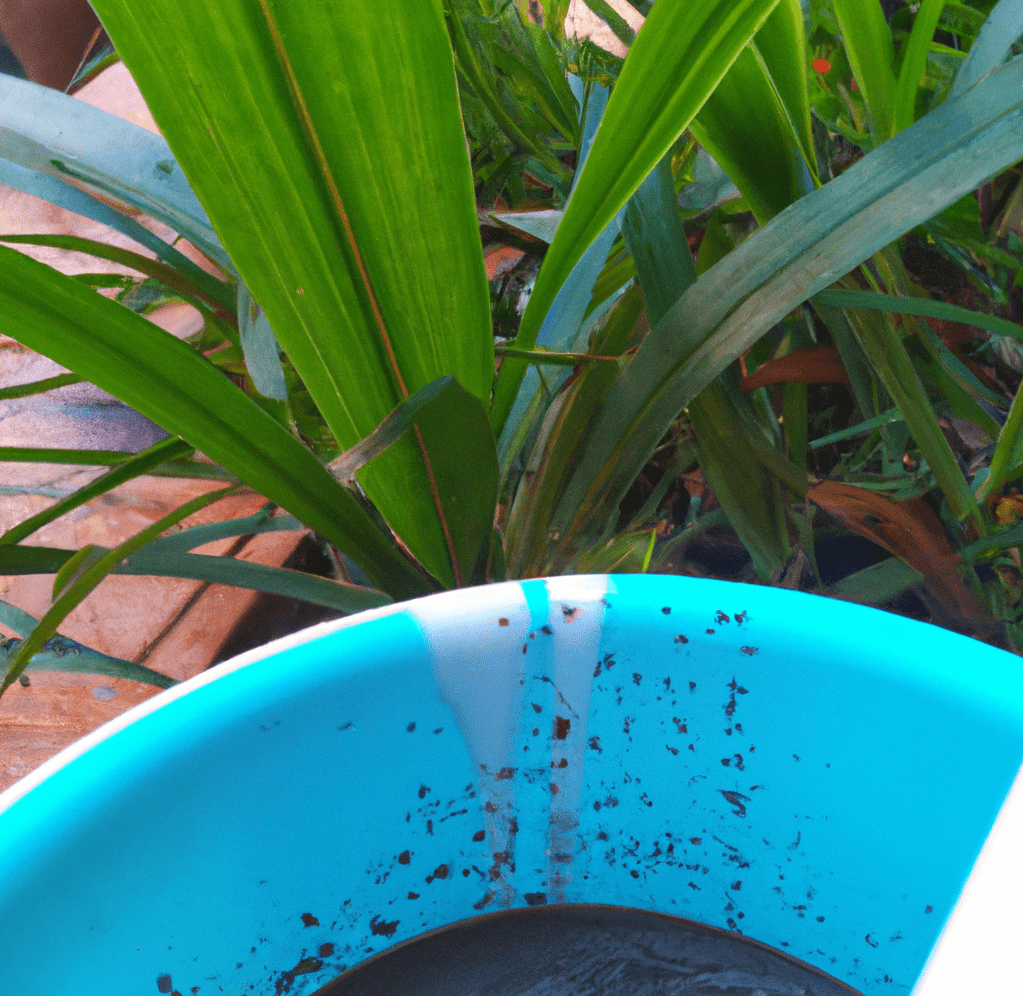
Negative Effects on Plant Health and Growth
Although plants are necessary for maintaining a healthy environment, overfertilizing or poor watering techniques can negatively impact their development and health which is why learning about the dangers of overfertilizing and how to avoid it are so important. Plant wilting can result from fertilizers causing the earth to become too fertilized. On the other hand, over-watering can result in waterlogging and other detrimental impacts on plant health if the soil is too dry. Waterlogging can also cause wilting.
Environmental Impacts
Learning about watering and fertilizing plants from gardening guides means that you know that these things are necessary for their growth and health, but they can also have an adverse effect on the environment. As you learn about the dangers of over-fertilizing and how to avoid it, you’ll know that this can pollute water because extra nutrients can leak into neighboring waterways, disrupting aquatic ecosystems and generating imbalances. Additionally, this may result in unhealthful amounts of algal development, which could impair water quality and endanger aquatic life.
Inadequate fertilizing techniques can also cause nutritional imbalances in the soil, which can harm plant roots. While a deficiency in some nutrients might limit a plant’s growth, an excess of others can be hazardous to plants.
Economic Costs
The dangers of over-fertilizing and how to avoid it include learning about the economic costs:
- Growth: Excessive fertilization can also result in excessive growth, which leaves plants more vulnerable to disease and pests. This may lead to increased costs for treatments to address these issues.
- Lawn: Fertilizing lawns excessively can waste fertilizer because extra nutrients can seep into the ground or run off into bodies of water. This could increase fertilizer costs and have negative environmental effects.
- Environment: including water contamination and harm to animals, which could incur fines or other consequences for property owners.
Signs of Over-Fertilization
Learning about the dangers of ever-fertilizing and how to avoid it is learning about the signs to look out for:
- Overwatering of plants can result from overfertilization, which can cause the soil to become saturated. Because of this, the soil may get depleted of oxygen, which could injure the plant’s roots and other parts.
- Excessive fertilization can result in a buildup of toxic ions in the soil, which can injure the plant’s roots and other parts.
- Plants that have received excessive fertilization may show symptoms like stunted growth, yellowing foliage, and an overall lack of health.
- If fertilizer is applied directly to plant foliage, it may result in leaf burn and other plant damage.
It’s crucial to follow fertilizing recommendations and manage runoff appropriately to avoid overfertilizing and minimize soil and water pollution.
Testing Soil and Water for Nutrient Imbalances
The levels of different nutrients and minerals, such as pH, nitrogen, phosphorus, and potassium, can be determined by testing soil and water. Based on these findings, farmers and gardeners can choose the kinds and quantities of organic fertilizers and other amendments to employ, as well as change their watering procedures to avoid over-fertilizing their crops.
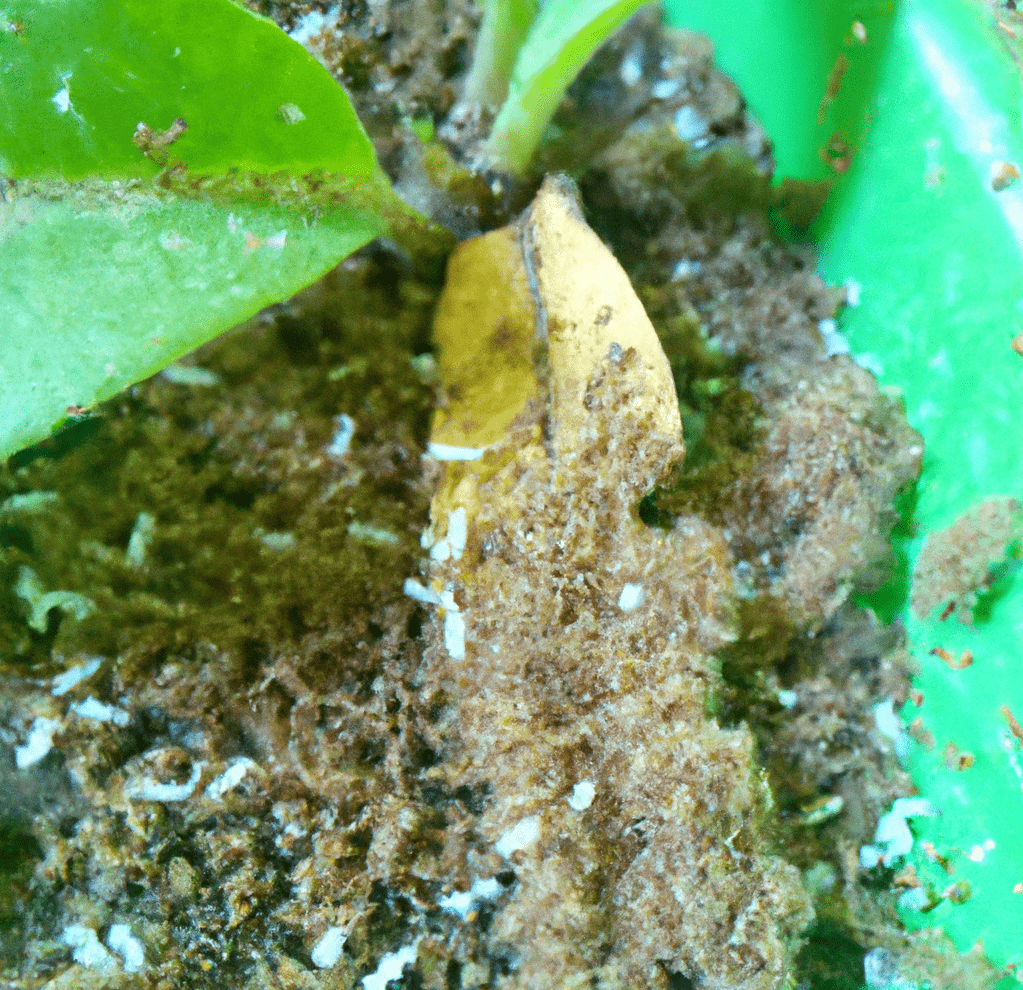
After learning about the dangers of over-fertilizing and how to avoid it, growers may guarantee that their plants receive the nutrients required for the best growth and health while limiting any unfavorable effects on the environment by routinely checking the soil and water.
Identifying the Common Causes of Over-Fertilizing
When you’re learning about the dangers of over-fertilizing and how to avoid it, these are the common causes:
- Overwatering: Excessive fertilizer can result in the soil becoming saturated, which causes the plants to get too much water. Because of this, the soil may get depleted of oxygen, which could injure the plant’s roots and other parts.
- Incorrect application: Applying fertilizer too close to plants’ roots or stems might result in root burn and other problems.
- Misuse of fertilizer: Because several fertilizers are made for particular plant kinds, applying the wrong one might cause overfertilization.
- Lack of knowledge: Many farmers and gardeners may not fully comprehend the appropriate fertilizing techniques, which can result in overfertilization and other problems.
How to Avoid Over-Fertilizing
Now that you’re learning about the dangers of over-fertilizing and how to avoid it, you can keep the following in mind:
- Soil tests can reveal the number of nutrients that are already in the soil.
- Adhere to fertilizing recommendations and refrain from applying too much fertilizer in order to prevent these issues.
- Store and discard unused fertilizer appropriately.
- Learn about the benefits of using organic fertilizers. Over-fertilization can be prevented by using slow-release fertilizers.
Understanding and Using the Right Fertilizer for Your Plants and Soil Type
Now that you’re learning about the dangers of over-fertilizing and how to avoid it, the right sort of fertilizer can prevent overfertilization and other issues. Varying plants have different nutrient needs.
The amount of nutrients in various soil types varies, and some soils may be more acidic or alkaline than others, which can have an impact on plant growth. Common fertilizer varieties include those with high nitrogen content, which is necessary for green growth, and those with high phosphorus and potassium content, which are necessary for flowering and fruiting.
Properly Measuring and Applying Fertilizers
Although the ground is the primary source of these nutrients, it occasionally falls short of what the plants require.
It’s essential to measure and apply fertilizers correctly in order to achieve optimal plant growth. This can be achieved by taking the plant’s root structure and leaf margins into account. Since a plant’s root system serves as its main nutrient uptake mechanism, fertilizer must be applied directly to the roots. This can be accomplished by sprinkling fertilizer on the ground close to the plant’s base or by mixing fertilizer with irrigation water.
On the other hand, leaf margins serve as a sign of a plant’s nutrient requirements. A deficiency of nitrogen may be indicated by yellowing leaf edges, while a lack of potassium may be indicated by brown or burnt leaf margins. For optimum growth, proper fertilizer takes into account a plant’s root system and leaf margins.
Monitoring and Adjusting Fertilizer Use As Needed
As you learn about the dangers of over-fertilizing and how to avoid it, monitoring and adjusting are needed. This is particularly crucial for producers who use chemical fertilizers because excessive fertilization can harm both the plants, lawn and the environment by contaminating the soil and water.
You can identify any imbalances in the levels of nitrogen, phosphorus, and potassium as well as other significant minerals by routinely monitoring the soil and water. Growers should modify their fertilizer usage in light of these findings to make sure that plants are getting the nutrients they require for optimum development and health.
To identify any problems that might be brought on by overfertilizing or other reasons, it’s also critical to keep an eye on the plants’ root systems, development, and general health. It could be required to change the type of fertilizer being used or to adjust the amount of fertilizer if plants start to wilt, yellow, or exhibit other signs of distress.
Alternative Methods of Fertilizing, Such As Crop Rotation, Mulching, and Soil Management
While learning about the dangers of over-fertilizing and how to avoid it, there are alternative methods to fertilizing that still leads to great plant growth:
- Crop rotation entails planting various crops on the same ground in a particular order. This lowers the possibility of insect and disease growth while preserving soil fertility.
- Mulching is an additional method for fertilizing plants. It entails covering the soil in the vicinity of the plants with organic materials like compost, straw, or leaves. This promotes soil moisture retention, curbs soil erosion, and inhibits the growth of weeds.
- You may enhance the soil’s structure, fertility, and water-holding ability by taking adequate care of its structure. Thus, fewer fertilizers may be required as the plants grow stronger and healthier.
Bottom Line: The Dangers of Over-Fertilizing and How to Avoid It
Although fertilizer is a crucial part of plant care, doing so excessively can be bad for the environment and plants. It’s important to learn about the dangers of over-fertilizing and how to avoid it because it may contaminate groundwater or surface waters, or damage a plant’s root structure, resulting in stunted growth and a lack of healthy development.
FAQs on The Dangers of Over-Fertilizing and How to Avoid It
What are the risks of excessive fertilization?
Excessive nitrogen fertilization can cause lush, leafy growth at the expense of fruit and flower production, increase the risk of disease and pest problems, and drain into waterways, resulting in water contamination and hazardous algal blooms. High nutrient levels in the soil can also harm plant roots and cause root burn.
What are the detrimental effects of excessive fertilization on plant development and health?
Overfertilizing or utilizing improper watering methods can harm a plant’s growth and health by overfertilizing the soil, which causes wilting. If the soil is too dry, overwatering can lead to waterlogging, which can harm plant health and cause wilting.
What effects does excessive fertilization have on the environment?
Excessive fertilization can contaminate water by dispersing additional nutrients into nearby rivers, upset aquatic ecosystems, creating imbalances, and encouraging unhealthy levels of algae growth, all of which could deteriorate water quality and put aquatic life in danger. Nutritional imbalances in the soil can be brought on by improper fertilizer methods and injure plant roots.
What are the financial consequences of overfertilizing?
Over-fertilizing has financial repercussions such as higher fertilizer costs, increased disease, and pest control expenses, fines or other penalties for property owners for water contamination and animal injury, and excessive growth that makes plants more susceptible to disease and pests.
What are the symptoms of excessive fertilization?
Overwatering, harmful ion buildup in the soil, stunted growth, yellowing foliage, a general lack of health, leaf burn, and oxygen depletion in the soil are all indicators of over-fertilizing.
How do you check for nutrient imbalances in soil and water?
Testing soil and water will reveal the concentrations of several nutrients and minerals, including pH, nitrogen, phosphorus, and potassium. To avoid overfertilizing, this information can be used to decide what kinds and how much organic fertilizer and other amendments to apply, as well as to alter watering practices.
What are the typical reasons for overfertilizing?
Among the frequent reasons for overfertilizing are overwatering, improper application, improper usage of fertilizer, and ignorance.
How can excessive fertilization be prevented?
It’s crucial to follow fertilizing guidelines, manage runoff properly, frequently inspect the soil and water, use the right fertilizer for the particular plant, and apply fertilizer carefully-avoiding getting it too close to the plant’s stems or roots.


